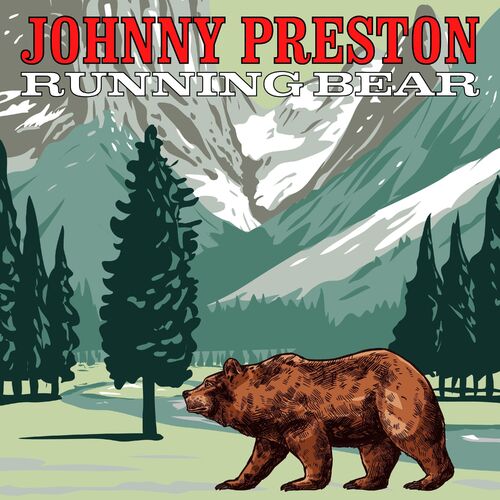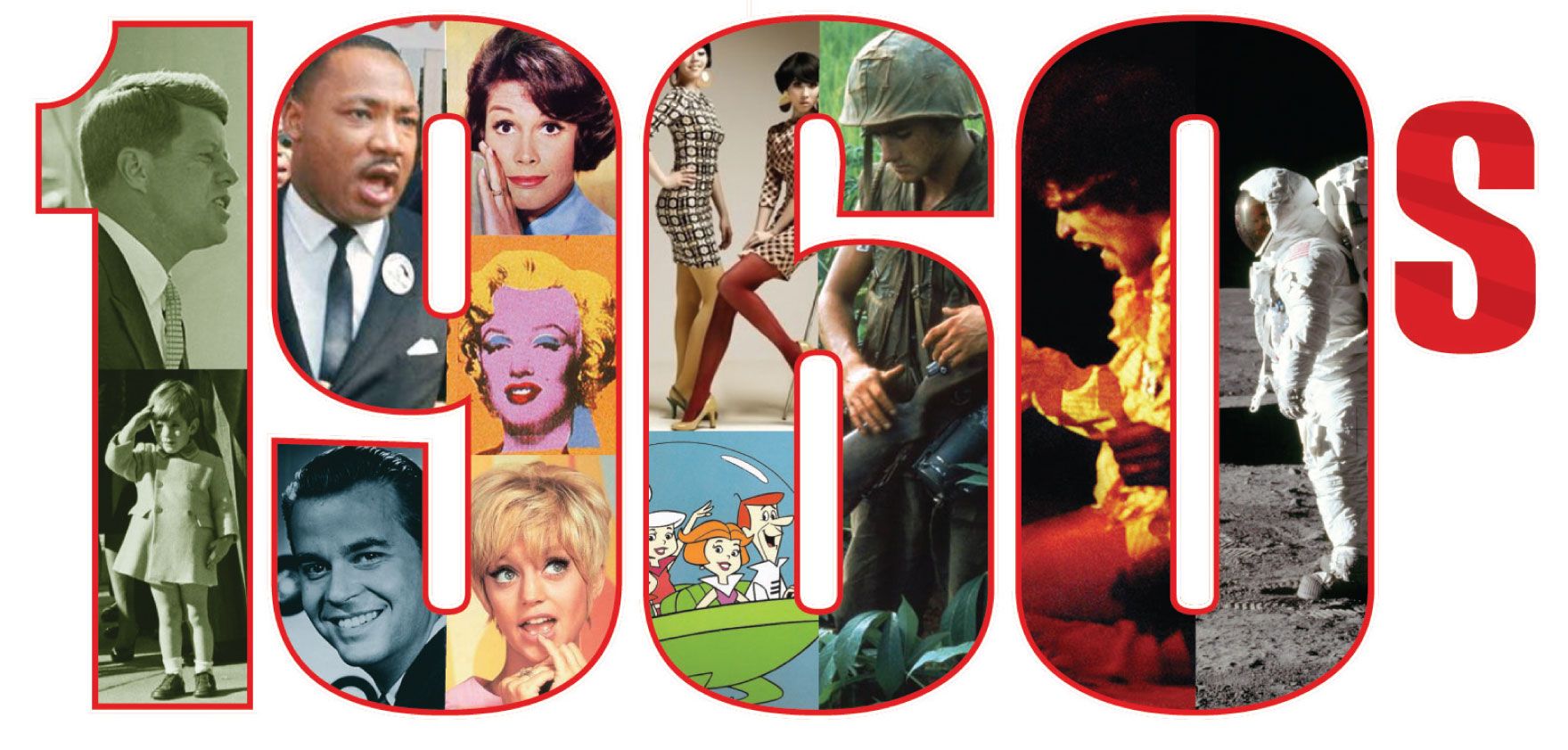
The 1960s stand as a monumental, transformative era in music history, a decade where sounds evolved with dizzying speed and groundbreaking artists redefined the very essence of popular culture. From the burgeoning sounds of rock and roll to the emergence of folk and psychedelic rock, the period’s musical landscape served as a vibrant soundtrack to profound social and political shifts, capturing the passions and protests that shaped an entire generation. These songs, rooted in their specific moments, continue to resonate, offering a fascinating window into a time of unparalleled creativity.
Yet, within this vast and rich tapestry, many truly iconic songs, those that once dominated the airwaves and defined the spirit of their time, have subtly faded from everyday consciousness. While certain anthems remain eternally etched in our collective memory, a treasure trove of equally significant tracks, though perhaps less frequently celebrated today, hold immense historical and cultural relevance. They embody the definition of “iconic,” serving as symbols or representatives of particular genres or moments, widely recognized and indicative of their identity.
This journey is an invitation to rediscover some of these powerful, yet often overlooked, musical milestones. Guided by the meticulous Nolan Method Top 100 Songs of the 1960s chart, which meticulously tracked chart performance on the Billboard Hot 100 Singles chart based on airplay data and sales, we will unearth tracks that, despite their undeniable impact and popularity in their prime, might have slipped from the tip of your tongue. Prepare to delve into the melodies and stories behind the truly iconic songs from the early 1960s that are ripe for a renewed listen.
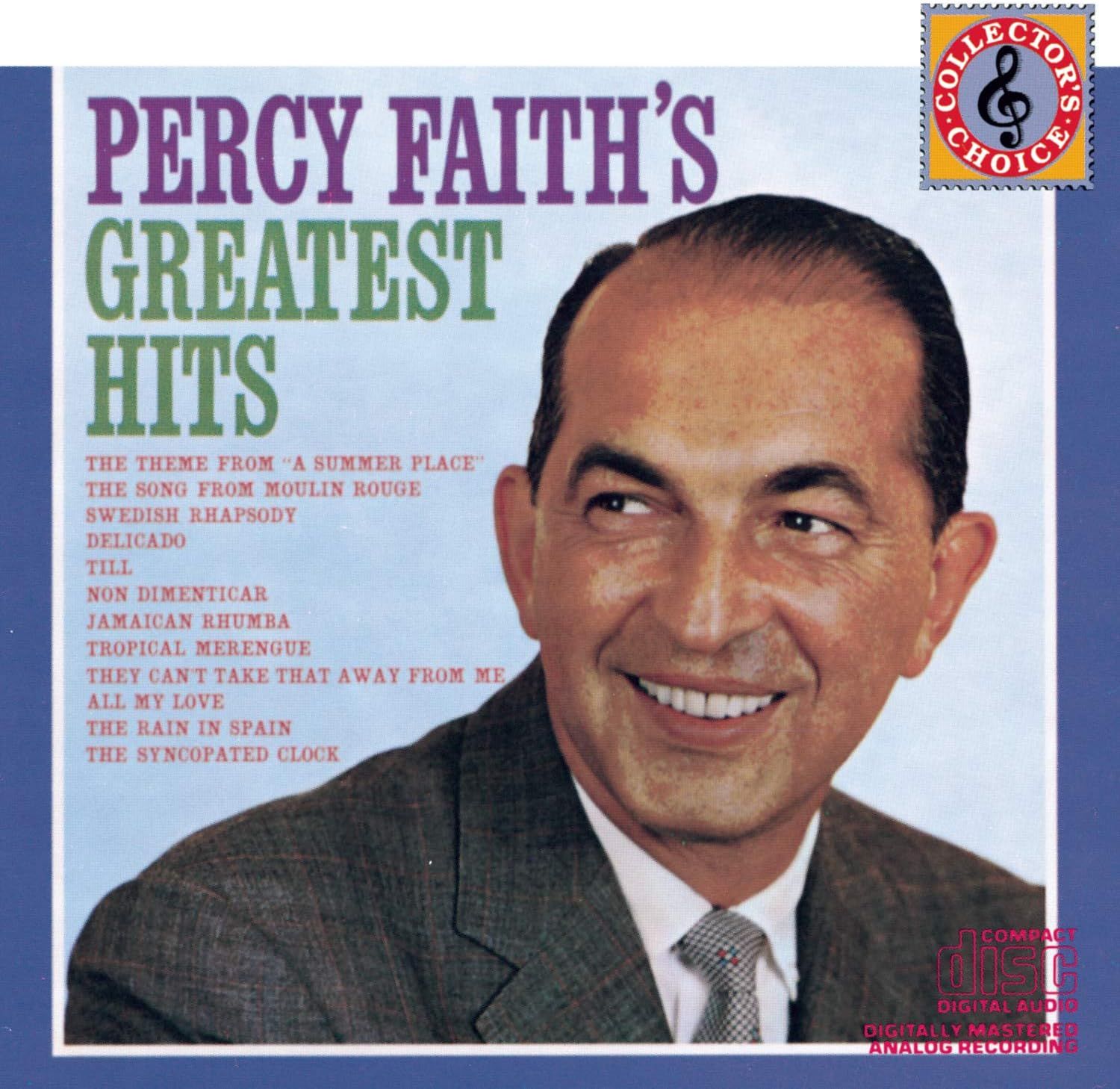
1. **THEME FROM “A SUMMER PLACE” by Percy Faith (1960)** In 1960, amidst the burgeoning sounds of pop and rock, an instrumental piece captivated the nation, proving that orchestral arrangements still held immense power on the charts. Percy Faith’s “Theme from ‘A Summer Place'” was more than just a song; it was a serene, sweeping orchestral work that became a defining sound of early 60s romanticism. Its lush strings and gentle melody offered a stark, beautiful contrast to the more energetic tunes emerging.
This iconic theme, originally from the 1959 film, rose to prominence through its sheer melodic beauty and widespread airplay, cementing its place as a quintessential easy-listening classic. It was a testament to the diverse tastes of the American public, showing that even as new genres like rockabilly and early R&B gained traction, there was still a significant audience for sophisticated, instrumental pop. The song became synonymous with a dreamy, idealized view of romance and leisure.
While its melody might still be recognized by many, the artist’s name or the song’s official title might often be forgotten in casual conversation about 1960s hits. Yet, its enduring presence on radio waves and in various media through the decades solidifies its iconic status, having been a distinctive and characteristic sound that captured a specific mood and cultural aspiration of the era. It truly represents a moment when pure melody could dominate the popular music landscape.
2. **RUNNING BEAR by Johnny Preston (1960)** Johnny Preston’s “Running Bear” burst onto the scene in 1960 as a powerful narrative song, delivering a dramatic tale set against a backdrop of rock and roll instrumentation. It told the tragic story of two young Native American lovers from rival tribes, Running Bear and Little White Dove, who drown trying to swim across a river to be together. The song’s vivid storytelling and distinct vocal delivery captivated audiences.
The track’s musical arrangement was quite striking for its time, incorporating chanting and a heavy drum beat that evoked the tribal setting, creating a sense of urgency and folklore. Its blend of pop sensibilities with a narrative depth distinguished it from many contemporary songs, making it a memorable and unique listen. This song showcased a different facet of popular storytelling in music, venturing into a more somber and mythical territory.
Despite its chart success and distinctive sound, “Running Bear” often doesn’t feature as prominently in typical 1960s retrospectives, perhaps overshadowed by artists with broader discographies or more conventional pop hits. However, its unique narrative structure and cultural footprint, as a distinctive example of story-driven pop, firmly establish it as an emblematic piece of 1960s music that deserves to be rediscovered for its compelling storytelling and dramatic flair.

3. **ITSY BITSY TEENIE WEENIE YELLOW POLKA DOT BIKINI by Brian Hyland (1960)** Brian Hyland’s “Itsy Bitsy Teenie Weenie Yellow Polka Dot Bikini” was an undeniable novelty hit of 1960, a playful, lighthearted tune that instantly became synonymous with summer fun and a budding sense of youthful liberation. The song humorously depicted a shy girl’s reluctance to emerge from the water in her new, revealing swimsuit, perfectly capturing the innocent, burgeoning fashion trends of the time. It was a simple, yet incredibly effective, pop confection.
Musically, the song was catchy and upbeat, with a jaunty rhythm that perfectly suited its whimsical lyrics. Its appeal lay in its innocence and its ability to tap into the common anxieties and excitements of adolescence, particularly around beach culture. It was the kind of song that brought smiles and became an immediate sing-along favorite at summer gatherings, encapsulating a carefree spirit.
While the phrase “itsy bitsy teenie weenie yellow polka dot bikini” has entered the lexicon and remains instantly recognizable, the song itself, and particularly Brian Hyland’s name, might not always be the first to come to mind when recalling 1960s chart-toppers. Nevertheless, its profound cultural relevance as a playful commentary on swimwear fashion and youthful shyness makes it an iconic, distinctive piece of pop culture history that vividly reflects a particular moment in the decade.

4. **HANDY MAN by Jimmy Jones (1960)** Jimmy Jones’s “Handy Man,” released in 1960, was a vibrant pop-R&B crossover hit that showcased Jones’s distinctive vocal style, characterized by his falsetto and playful delivery. The song’s lyrics present a charming narrative of a man who can fix anything, particularly a broken heart, with a confident and engaging swagger. Its upbeat tempo and smooth melody made it an instant favorite on radio.
The track’s arrangement featured a strong rhythm section and bright instrumentation that perfectly complemented Jones’s smooth vocals. It was a classic example of the evolving pop sound of the early 1960s, blending doo-wop harmonies with a more polished R&B sensibility, appealing to a broad audience. The song’s infectious energy made it a staple on dance floors and at sock hops across the nation.
Despite its considerable success and infectious appeal at the time, “Handy Man” may not be as frequently remembered as some other perennial 1960s hits by artists like Elvis Presley or The Beatles. However, its unique blend of vocal prowess and pop craftsmanship, along with its pervasive presence on Top 40 radio, marks it as an iconic track that was highly characteristic of the era’s evolving pop landscape, reflecting a time when charismatic performers could charm their way to the top.

5. **PONY TIME by Chubby Checker (1961)** In 1961, Chubby Checker, already a sensation with “The Twist,” continued his reign over the dance craze phenomenon with “Pony Time.” This infectious tune capitalized on the popularity of the Pony dance, a lively, energetic step that swept across dance floors nationwide. The song’s simple, insistent beat and Checker’s enthusiastic vocals made it an irresistible call to the dance floor, reinforcing his status as the king of novelty dances.
Musically, “Pony Time” featured a driving rhythm section and a catchy melody that made it easy for listeners to pick up the beat and emulate the dance. It was a prime example of the dance-oriented pop music that was incredibly popular in the early 60s, a genre designed to get people moving. The song’s success illustrated how popular music could directly influence social trends and youth culture.
While “The Twist” remains Chubby Checker’s most widely celebrated and universally remembered hit, “Pony Time” was also a significant chart-topper and an iconic marker of the early 60s dance scene. Its connection to a specific dance, and its subsequent overshadowing by his more monumental hit, might lead it to be somewhat forgotten. Nevertheless, it was a distinctive and emblematic song that truly defined the dance fever of the period, demonstrating the immense cultural impact of simple, engaging rhythms.

6. **PEPPERMINT TWIST by Joey Dee and the Starliters (1962)**As the Twist craze swept the nation, becoming an almost universal phenomenon, Joey Dee and the Starliters delivered one of its most electrifying anthems with “Peppermint Twist” in 1962. Recorded live at the Peppermint Lounge in New York City, a hub of this dance sensation, the song captured the frenetic energy and unbridled joy of the era’s youth. Its insistent rhythm and call-and-response vocals made it an irresistible invitation to the dance floor, solidifying its place as a quintessential soundtrack to early 60s social gatherings.
This track wasn’t just a hit; it was a cultural touchstone, demonstrating how popular music could drive social trends and create immediate, widespread excitement. Its raw, almost spontaneous feel, derived from its live recording, gave it an authentic energy that resonated deeply with audiences looking for pure, unadulterated fun. “Peppermint Twist” became synonymous with the dance itself, exemplifying the sheer exuberance that defined this particular moment in pop music.
While Chubby Checker’s “The Twist” remains the ultimate iconic symbol of the dance, “Peppermint Twist” was an equally significant chart-topper that encapsulated the very essence of the craze. Its vibrant, dance-driven sound, though perhaps less frequently celebrated in modern retrospectives, stands as an emblematic piece of early 1960s pop, representing the youthful abandon and collective dance fever that defined an entire generation. It’s a reminder of how simple, infectious rhythms could ignite a nationwide sensation.
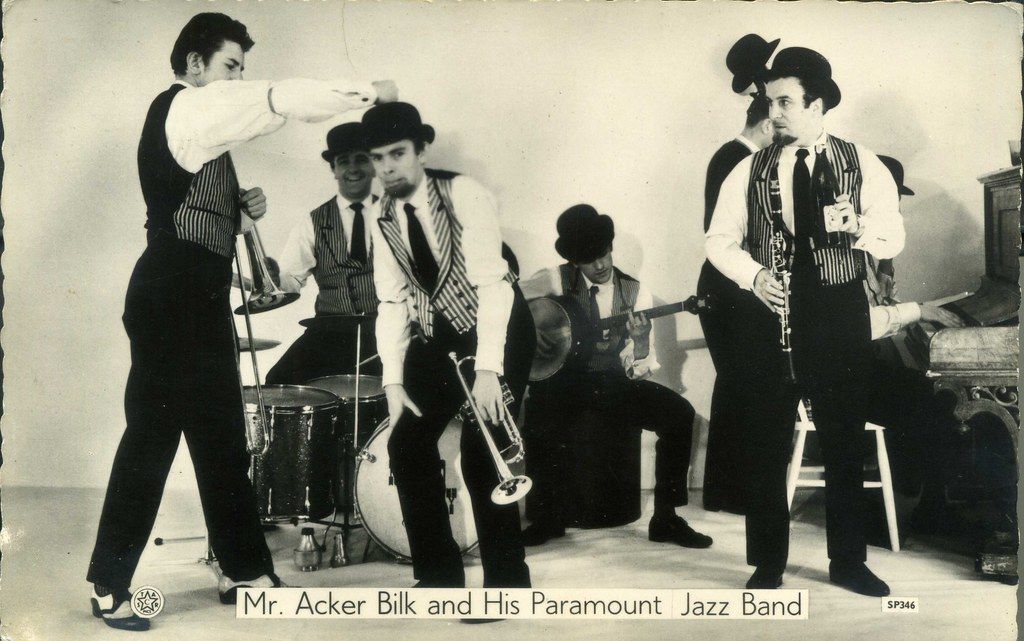
7. **STRANGER ON THE SHORE by Acker Bilk (1962)**Amidst the rock and roll explosion and burgeoning dance crazes, 1962 also saw the serene, melancholic beauty of Acker Bilk’s instrumental masterpiece, “Stranger on the Shore,” captivate audiences. This graceful clarinet melody offered a stark, refreshing contrast to the more energetic sounds of the era, showcasing the enduring appeal of sophisticated instrumental music on the pop charts. Its smooth, contemplative tone made it a favorite for slower dances and romantic evenings.
Bilk’s performance was marked by its exquisite phrasing and emotive delivery, making the clarinet the undisputed star of the track. The song’s arrangement was sparse yet rich, allowing the haunting melody to truly shine and evoke a sense of wistful beauty. It proved that a powerful instrumental could convey profound emotion and hold its own in a pop landscape increasingly dominated by vocalists.
“Stranger on the Shore,” despite its massive chart success and widespread recognition at the time, often finds itself overlooked in broader discussions of 1960s pop history, perhaps overshadowed by more upbeat, vocally driven hits. However, its distinctive, characteristic sound and its emblematic role as a highly successful instrumental piece of the era firmly establish its iconic status, demonstrating the diverse tastes of the music-buying public and the timeless appeal of a beautifully crafted melody.
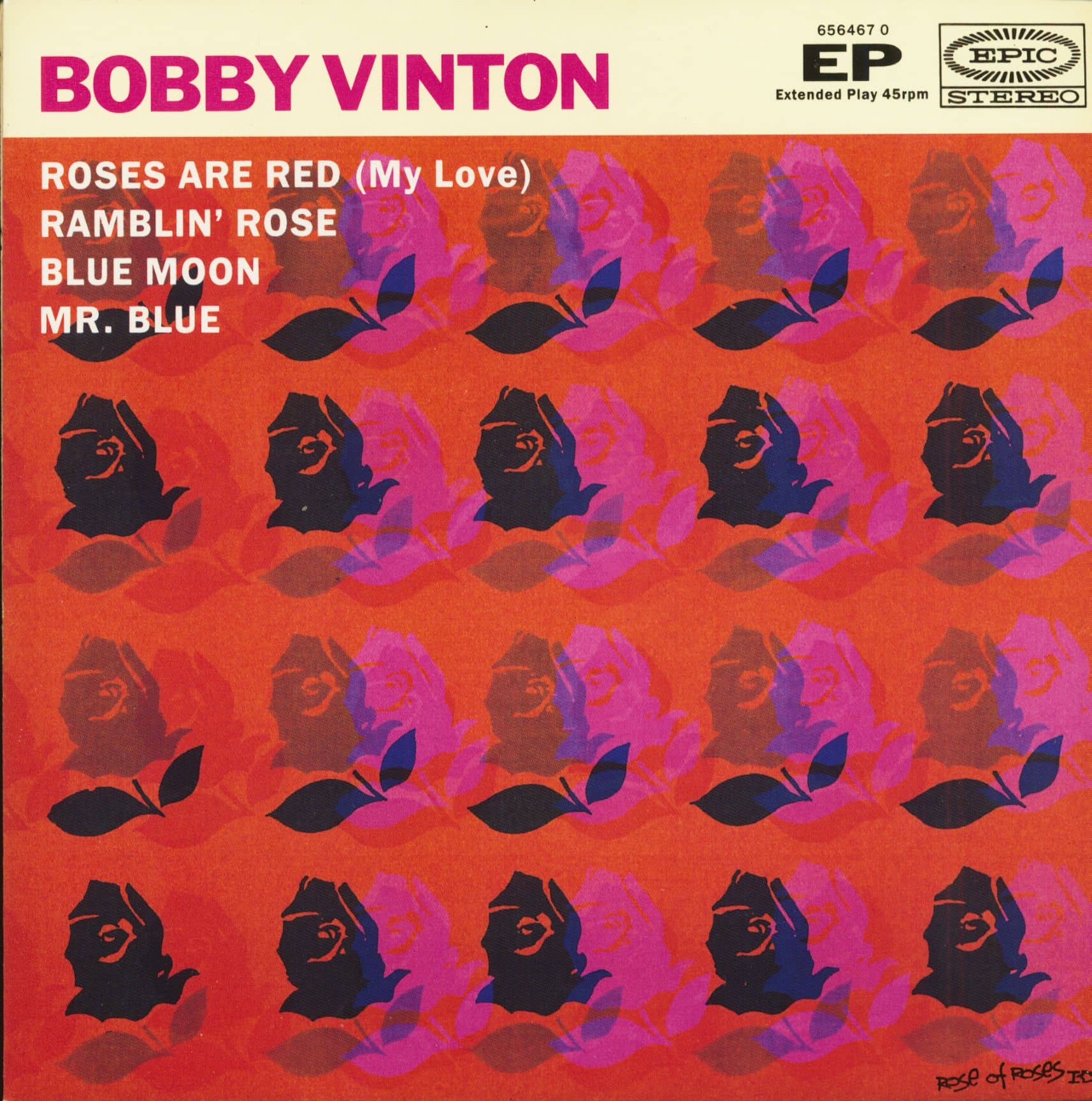
8. **ROSES ARE RED (MY LOVE) by Bobby Vinton (1962)**In 1962, Bobby Vinton’s “Roses Are Red (My Love)” ascended to the top of the charts, cementing his status as a premier balladeer of the early 1960s. This song was a quintessential romantic pop ballad, delivered with Vinton’s smooth, earnest vocal style and featuring lush orchestral accompaniment. Its simple, heartfelt lyrics about love and longing resonated deeply with audiences, particularly young romantics.
The track’s appeal lay in its timeless, easy-listening quality, a sound that harked back to the crooners of the previous decade while fitting perfectly into the evolving pop landscape. It was a testament to the enduring power of classic romantic themes in popular music, providing a gentle counterpoint to the more frenetic rock and roll tunes. Vinton’s ability to convey genuine emotion through his voice made the song instantly relatable and endearing.
While Bobby Vinton continued to have a successful career with many memorable hits, “Roses Are Red (My Love)” sometimes fades into the background when recalling the more revolutionary sounds of the 1960s. Yet, its undeniable chart dominance and its role as a representative of the enduring traditional pop sound of the era make it an iconic track. It symbolized a significant segment of the listening public that still cherished classic romance and melodic sophistication, showcasing the diverse musical tapestry of the time.
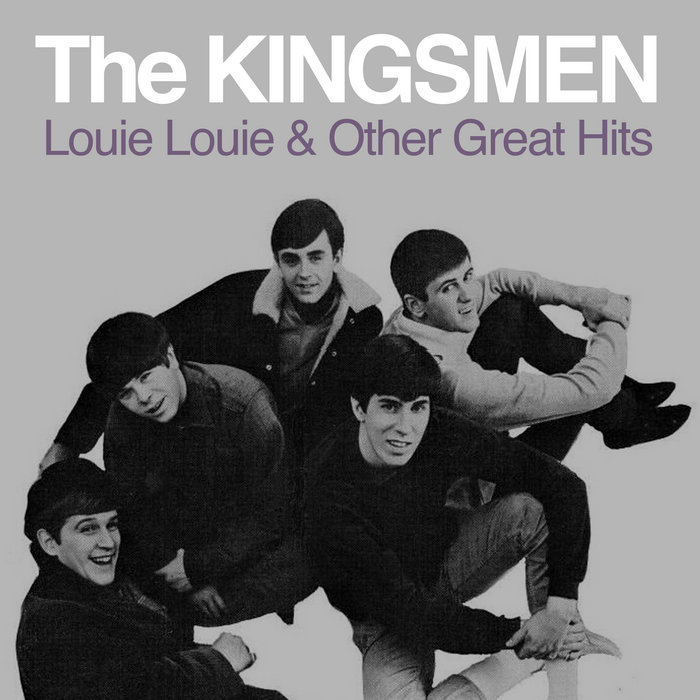
9. **LOUIE LOUIE by The Kingsmen (1964)**As the British Invasion was just beginning to take hold, American garage rock provided its own raw, rebellious counterpoint, and The Kingsmen’s “Louie Louie,” released in 1964, stands as its quintessential anthem. This raucous, almost primitively recorded track, with its famously mumbled and indecipherable lyrics, became a lightning rod for controversy and a beloved standard for rebellious youth. Its simple, repetitive, yet incredibly powerful riff was instantly catchy and irresistible.
“Louie Louie” epitomized the nascent garage rock sound: raw, unpolished, and overflowing with youthful energy. The song’s deliberately crude production and its rumored (and investigated) obscene lyrics only added to its mystique and appeal, making it a favorite among teenagers who relished its rebellious spirit. It perfectly captured the DIY ethos that would define so much of underground rock for decades to come, proving that polished production wasn’t necessary for cultural impact.
While the song itself is widely recognized, its specific place in the pantheon of 1960s hits by casual listeners can sometimes be overshadowed by the bigger, more mainstream acts that followed. Yet, as an emblematic track that defined the garage rock movement and spurred countless local bands, “Louie Louie” holds an undeniable iconic status. It’s a distinctive and characteristic piece of music history, a defiant, energetic shout that continues to resonate as a symbol of rock and roll’s raw, untamed heart, solidifying its pivotal role in shaping the decade’s diverse soundscape.
From dance floor sensations to soulful instrumentals and rebellious garage rock anthems, like those of the early years, are not merely relics of the past. They are vibrant testaments to the dynamic creativity and cultural shifts that defined the 1960s. These tracks, though some may have slipped into the quieter corners of collective memory, are truly iconic – serving as enduring symbols of innovative artistry and the profound impact music had on shaping a generation. Their melodies, rhythms, and stories continue to offer a powerful window into a decade that forever changed the world, reminding us that the greatest hits are not always the loudest, but often those that, upon rediscovery, resonate deepest within the soul of an era.

